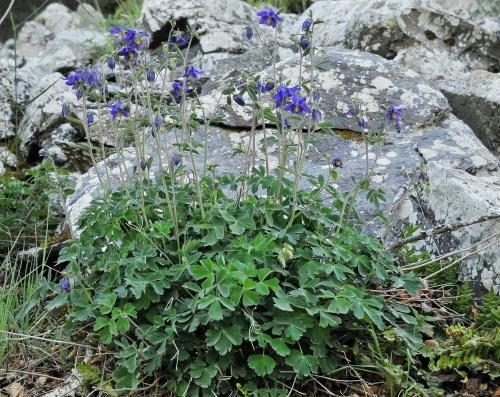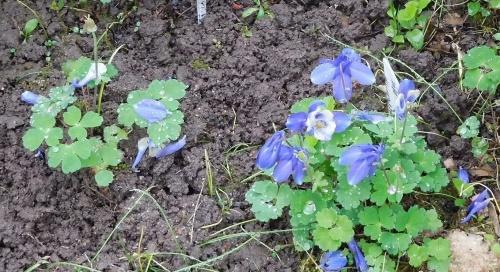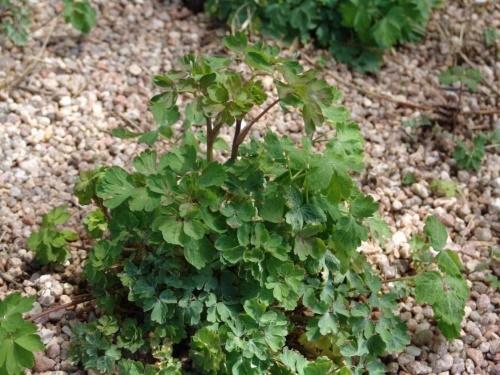Aquilegia transplant - recommendations of experienced gardeners
 The aquilegia bloom is simple yet charming. Large bells on tall peduncles proudly rise almost all summer over a dense rosette of carved leaves. An unpretentious catchment can grow on its own, but over time, an aquilegia transplant is necessary. If your bushes are more than 5 years old, you probably noticed that they have become loose, have lost their former shape and almost do not bloom. With age, the previously dense rosette begins to fall apart, the middle of the bush dies off, giving way to a young daughter aquilegia. In addition, in older specimens, the rhizome protrudes. In order for the plant to remain attractive, it must be transplanted, while doing it on time and correctly.
The aquilegia bloom is simple yet charming. Large bells on tall peduncles proudly rise almost all summer over a dense rosette of carved leaves. An unpretentious catchment can grow on its own, but over time, an aquilegia transplant is necessary. If your bushes are more than 5 years old, you probably noticed that they have become loose, have lost their former shape and almost do not bloom. With age, the previously dense rosette begins to fall apart, the middle of the bush dies off, giving way to a young daughter aquilegia. In addition, in older specimens, the rhizome protrudes. In order for the plant to remain attractive, it must be transplanted, while doing it on time and correctly.
When is it better to replant the catchment

It is better to replant young bushes that are no more than 3 years old. Older specimens form a long taproot. Such plants are very difficult to dig up without damaging it.
Aquilegia transplant step by step
 The main thing to consider is that you should not dig under the bush itself, but around it. Having dug in the aquilegia, you need to lift it with an earthen lump and carefully get the plant. Then divide it into divisions and plant them in a new place.
The main thing to consider is that you should not dig under the bush itself, but around it. Having dug in the aquilegia, you need to lift it with an earthen lump and carefully get the plant. Then divide it into divisions and plant them in a new place.
Regarding the old aquilegia, which is more than 6 years old, you can go in two ways:
- Dig up and remove the center bush completely. Instead, there will be young rosettes growing around, or aquilegia that has grown from self-seeding.
- Or try to divide it into divisions too, if you can get the root without damage.
As you can see, the long-term "character" of the catchment area is rather arbitrary. Of course, the plant will grow leaves, but over time it will begin to move around the site. Too old specimens will die off, leaving self-seeding or daughter sockets instead. Timely transplanting will help control aquilegia, maintain its decorative appearance and annual flowering.